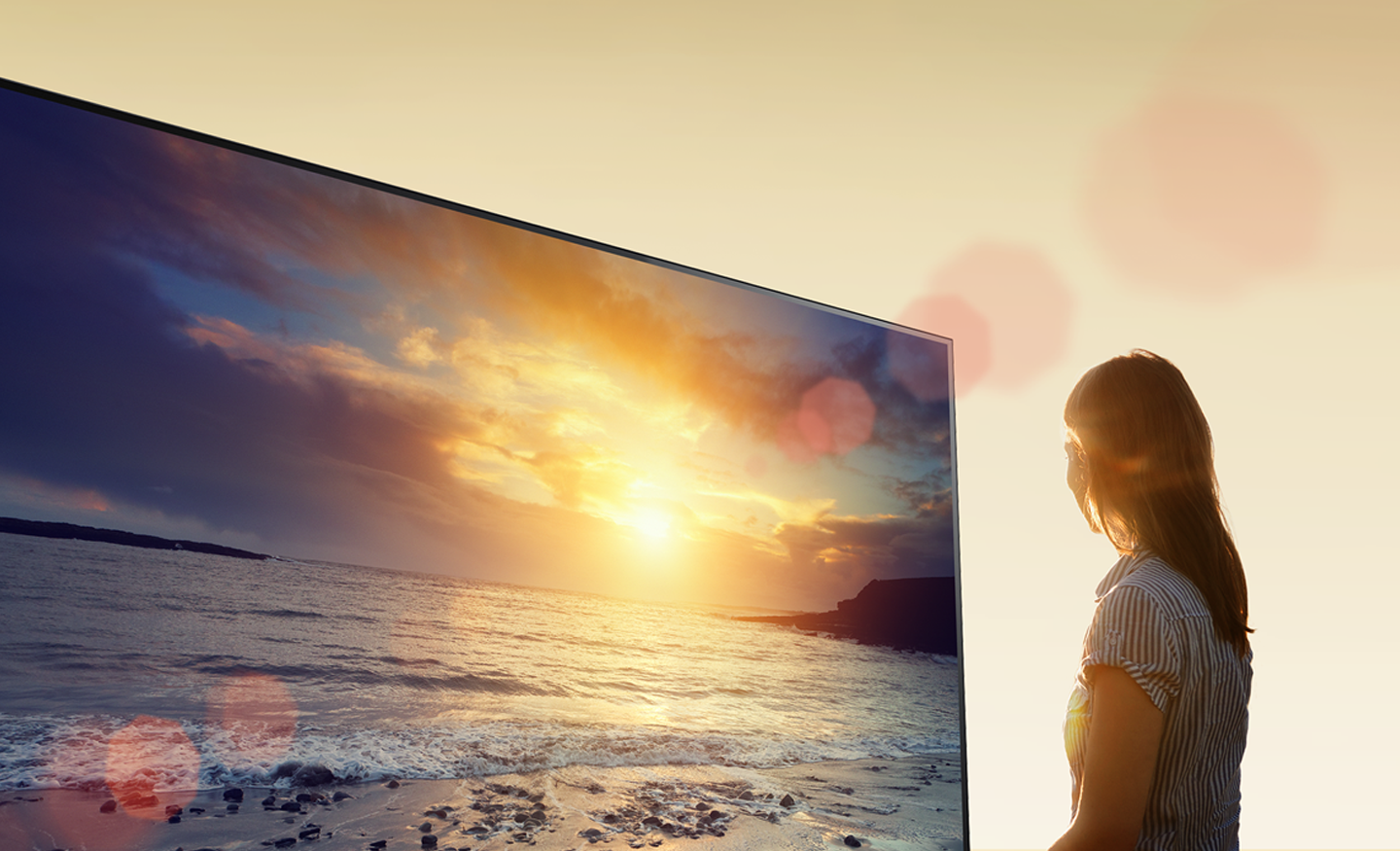
OLED TVs are some of the most popular TVs on the market today. But keeping up with all the new TV technology can be confusing. 4K, OLED, HDR, LCD… there’s a whole bunch of acronyms to know. Learn what many of those acronyms mean in this great article. Today we’re focused on OLED; what it does, how it’s different from LCD and LED TV, and how it compares to those other options.
Scroll down to see a chart comparing LG and Sony OLED television models
What is OLED TV?
To understand OLED, we need to back up thorough a few iterations of TV technology and the specifics of how screens are lit. While this is very complex technology (electrical engineering and biochemistry, anyone?), we’ll simplify it here greatly.
OLED stands for Organic Light Emitting Diode. Light Emitting Diodes are actually tiny electrically-conductive nibs made up of crystals suspended in liquid between two two sheets of material; often glass or flexible plastic.
An electric current passes through the liquid crystals, and that gets the crystals to line up so light either does or does not filter through. When they line up in large groups, they form a display panel, where areas of either colour, darkness and light form video pictures.
So now that I’ve channeled Bill Nye the Science Guy for you, here’s the simple truth: LED TVs can also be called LCDs or Liquid Crystal Displays. In fact, you’ll sometimes see the term LED-LCD used in TVs and computer monitors. But they do have some other differences.
LED vs LCD: the difference is backlight
Part of what separates LED TVs from from basic LCD TVs is how they’re backlit. In olden days, like the 60’s and 70’s (ha ha) TV screens were lit with something called ‘cold-cathode fluorescent lights’. Essentially bulbs that are not unlike neon lights. Today, LED TVs have individual lighting capabilities so each pixel provides its own illumination.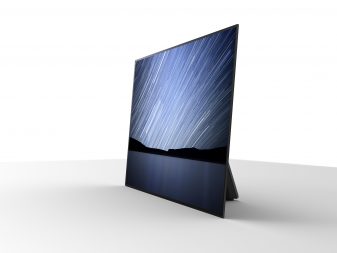
So then OLED is …
OLED is the newest version of this LED technology. Organic materials like carbon are used to make up the LED screen. These tiny pinpoints are also more commonly known as pixels.
So what? Thinner TVs
You might be wondering why you care how your TV is backlit. After all, it’s happening behind the screen in a part of theTV you’ll never see. What difference does it make to you what’s happening back there?
OLED technology is important because changing the way we light pixels allows TVs to be made thinner than ever before. Now you don’t need a giant space for lighting. That technology is creating TVs that are quite literally paper-thin.
If you think about the difference between one of those flat, flexible Philips Hue LED Lightstrips, compared to the fat bulbous shape of a regular incandescent light bulb, you’re starting to get the idea how these different technologies are changing the game.
So what? Better Contrast ratio
In addition to being able to make TVs much thinner, OLED panels also allow for better contrast ratio and more detail. Because each pixel can be completely shut off, OLED TVs can show much more detail and subtlety in darkness and shadows than ever before. It’s possible to have absolute black in your video picture, which has been elusive until recently.
OLED TVs are also less prone to glaring bright areas, because brightness can be controlled down to the last pixel too.
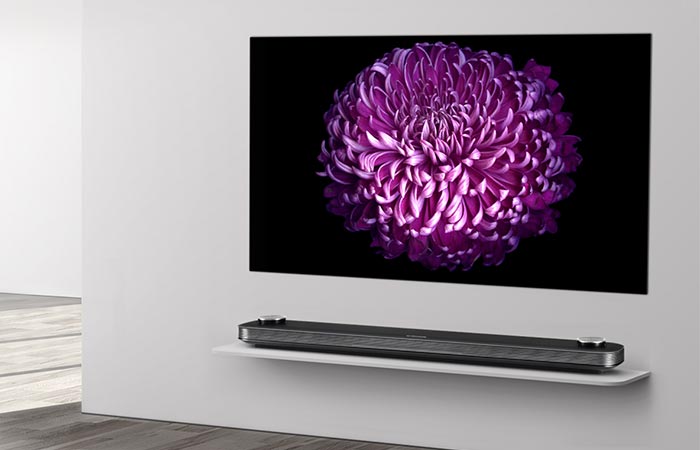
Who’s making OLED TVs?
LG and Sony are the biggest names in OLED TV.
LG’s Signature series of TVs features this kind of pixel-perfect screen technology, as well as improved 4K resolution, which makes video four times sharper than full HD.
LG is also making it’s headline-grabbing GX OLED TV. At just a few millimetres thin, with no wall mount gap and art mode, this TV is one of the thinnest on the market, and it turns your TV into a work of art.
Sony‘s selection of OLED TVs also have the power of Android and Google Assistant. The Sony A8H OLED 4K TV is certainly worth a look.
So where does QLED come in?
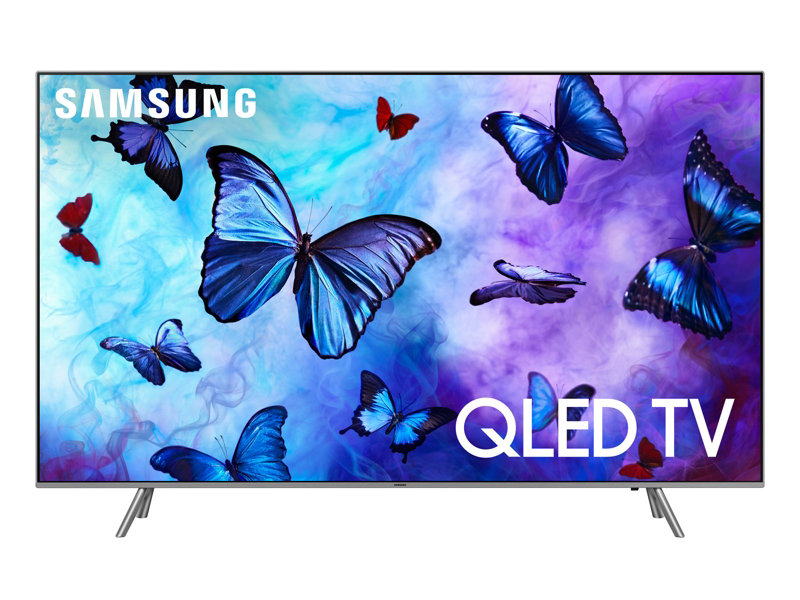 As we now know, the LED part of QLED stands for light-emitting diode. The Q stands for Quantum Dot, and this is technology most closely associated with Samsung, but other manufacturers are using it too. As one of the biggest TV makers in the world, it’s probably no surprise Samsung gets all the QLED credit, and it has definitely made the most of it, with its Q-series of televisions.
As we now know, the LED part of QLED stands for light-emitting diode. The Q stands for Quantum Dot, and this is technology most closely associated with Samsung, but other manufacturers are using it too. As one of the biggest TV makers in the world, it’s probably no surprise Samsung gets all the QLED credit, and it has definitely made the most of it, with its Q-series of televisions.
Quantum Dots are a different way for screens to produce colour instead of the usual combination of white LED light and different colour filters. These quantum dots are able to create extremely saturated colours and do so through their different sizes (but they’re still microscopically small); the smallest dots produce blue, for example, while bigger ones are red.
In just a few years, it’s going to be possible to perhaps put a sticker that you’ll call a TV onto your wall, and have it virtually vanish when it’s not in use. The technology is nearly there, and you have to admit it’s pretty exciting. For now, though OLED TVs deliver one of the best visual TV experiences from an amazingly thin screen.
| Product | LG GX | LG CX |
|---|---|---|
 |
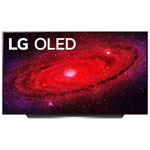 |
|
| Size | 55″ 65″ 77″ | 48″ 55″ 65″ 77″ |
| Contrast | Pixel Dimming | Pixel Dimming |
| Colour Technology | OLED Display | OLED Display |
| Processor | α9 Gen3 AI Processor 4K | α9 Gen3 AI Processor 4K |
| Sound/Audio | LG Sound Sync Dolby Atmos |
LG Sound Sync Dolby Atmos |
| Smart Platform | LG ThinQ AI | LG ThinQ AI |
| Smart Features | Google Assistant Amazon Alexa Apple AirPlay 2 + HomeKit Compatibility |
Google Assistant Amazon Alexa Apple AirPlay 2 + HomeKit Compatibility |
| Special Features | OLED Motion Pro Face Enhancing Hands Free Voice Control Sports Alert Filmmaker Mode |
OLED Motion Pro Face Enhancing Sports Alert Filmmaker Mode |
| Gaming Features | NVIDIA® G-SYNC® Compatible VRR ALLM HGiG |
NVIDIA® G-SYNC® Compatible VRR ALLM HGiG |
| Product | Sony A8H | Sony A9G |
|---|---|---|
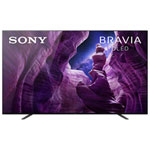 |
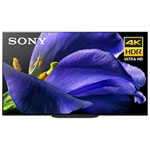 |
|
| Size | 55″ 65″ | 55″ 65″ 77″ |
| Contrast | OLED + Pixel Contract Booster | OLED + Pixel Contract Booster |
| Colour Technology | TRILUMINOS Display with Super Bit Mapping | TRILUMINOS Display with Super Bit Mapping |
| Processor | X1 Ultimate | X1 Ultimate |
| Sound/Audio | 2.2ch/60W | 2.2ch/60W |
| Smart Platform | Android TV | Android TV |
| Smart Features | Built-in Google Assistant. Works with Alexa and Apple AirPlay. | Built-in Google Assistant. Works with Alexa and Apple AirPlay. |
| Special Features | X-Motion Clarity | Motionflow XR Hands-free Voice Search |
| Gaming Feature | Gaming Mode | Gaming Mode |
| Suggested Soundbar Pairing | HT-ST5000 HT-Z9F |
HT-ST5000 HT-Z9F |

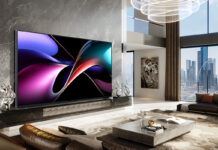


je participe au concours merci
I want to buy one 75” or bigger OLED tv ! Sony or LG or Samsung Which is the best?
Comments are closed.